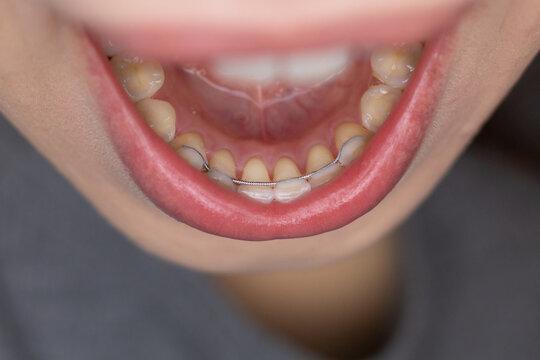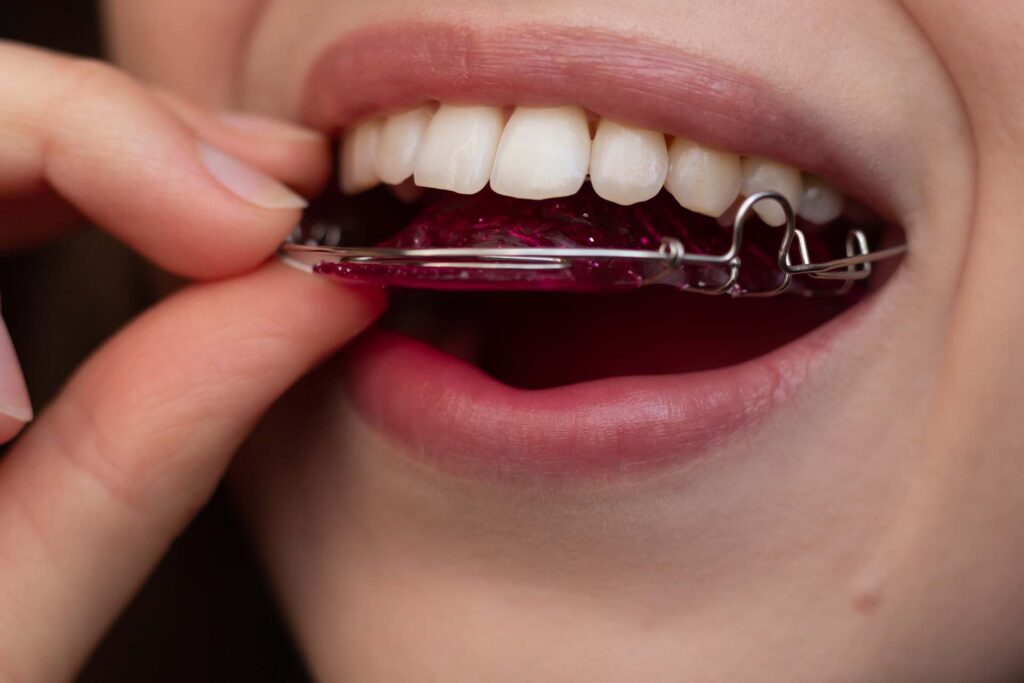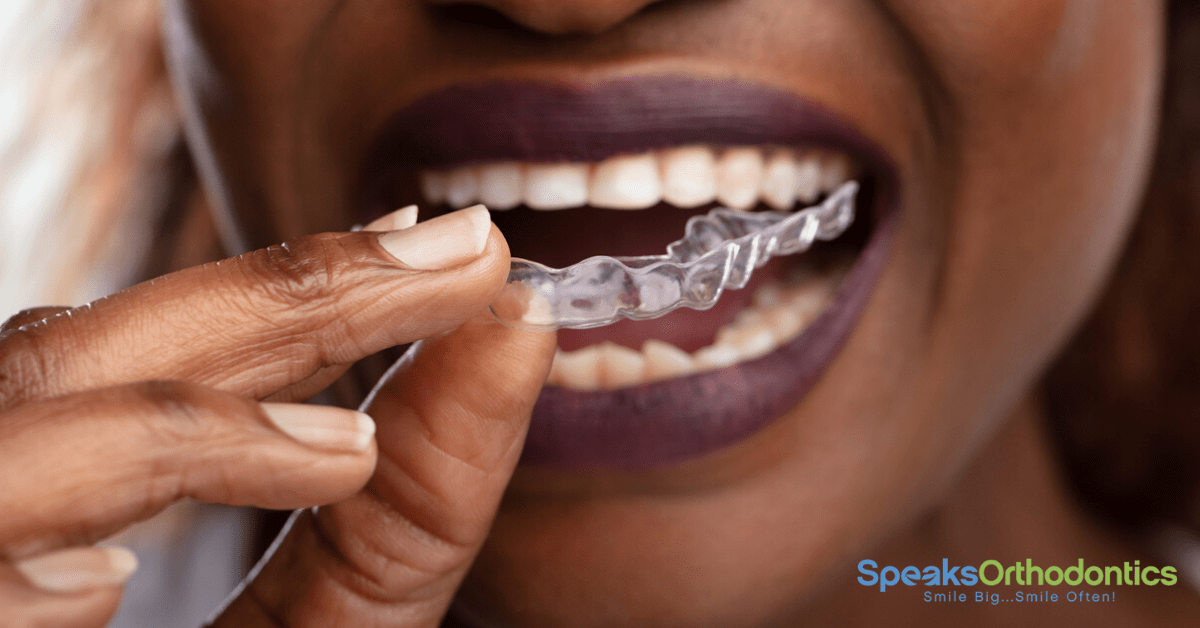My Top Retainer Keeps Falling Out

The tiny plastic imposter launched itself from my mouth with the force of a miniature missile, landing with a soft thud onto the plush carpet. It wasn't the first time. My top retainer, a faithful companion for years, had suddenly decided to stage a series of daring escapes, leaving me feeling both frustrated and slightly embarrassed.
This seemingly trivial incident – a retainer's rebellious streak – actually touches upon a surprisingly common and significant issue: the long-term maintenance of orthodontic treatment and the challenges many face in preserving their hard-earned smiles. It highlights the need for accessible information and support for individuals navigating the often-overlooked phase of post-braces care.
The Braces Journey: A Distant Memory?
Like many, my journey with braces began in the awkward landscape of adolescence. Metal brackets and colorful bands became a temporary fixture, a necessary evil promising a future of perfectly aligned teeth.
The day the braces came off was a momentous occasion, a symbolic liberation. I remember beaming at my reflection, marveling at the straight teeth that had once seemed an impossible dream. A retainer, both upper and lower, was presented as the key to maintaining this newfound perfection.
Initially, diligent wear was a non-negotiable part of my routine. However, as years passed and life's demands increased, the commitment waned. Nightly wear became sporadic, then occasional, and finally, a distant memory.
The Retainer Rebellion: Why Now?
So why, after years of relative peace, was my top retainer suddenly staging a revolt? I decided to consult with Dr. Emily Carter, a respected orthodontist with over 15 years of experience.
“Retainers, especially removable ones, require consistent wear to effectively prevent teeth from shifting,” Dr. Carter explained. “Over time, even minor shifts can alter the retainer's fit, leading to discomfort and eventual dislodgement.”
She emphasized that teeth have a natural tendency to move throughout life, a process called relapse. This is often subtle, but it can be accelerated by factors like teeth grinding (bruxism), changes in bone density, and even the natural aging process.
According to the American Association of Orthodontists (AAO), long-term retainer wear is crucial for maintaining the results of orthodontic treatment. Their guidelines recommend some form of retention indefinitely, even after several years of stability.
Types of Retainers: A Refresher
Dr. Carter also provided a helpful overview of the different types of retainers commonly used:
Hawley retainers, the classic wire-and-acrylic design, offer durability and adjustability. However, they can be more noticeable and require a bit more maintenance.
Clear aligner retainers, such as Essix retainers, are virtually invisible and comfortable. Their downside is that they are less durable and prone to cracking, potentially requiring more frequent replacements.
Fixed retainers, also known as bonded retainers, consist of a thin wire glued to the back of the front teeth. These offer continuous retention but require diligent cleaning and can be more difficult to floss around.
The Cost of Neglect: More Than Just a Loose Retainer
The consequences of neglecting retainer wear can extend beyond mere inconvenience. Teeth shifting can lead to a recurrence of malocclusion (misalignment), requiring further orthodontic treatment.
This can be costly, both financially and in terms of time commitment. According to a study published in the Journal of Clinical Orthodontics, the cost of retreatment can range from a few hundred dollars for minor adjustments to several thousand for a full second round of braces.
Beyond the financial implications, relapse can also negatively impact self-esteem and confidence. The joy of a straightened smile can quickly fade if teeth begin to drift back to their original positions.
Prevention is Key: Retaining Your Smile
Dr. Carter offered some practical advice for preventing retainer-related problems:
Wear your retainer as instructed by your orthodontist. Even if you've been lax in the past, it's never too late to re-establish a consistent routine.
Clean your retainer regularly with a soft toothbrush and mild soap. Avoid harsh chemicals or hot water, which can damage the material.
Store your retainer in its case when not in use. This will protect it from damage and prevent it from getting lost.
Schedule regular check-ups with your orthodontist. They can monitor your teeth for any signs of shifting and make necessary adjustments to your retainer.
If your retainer feels too tight or uncomfortable, don't force it. Contact your orthodontist for an evaluation.
Remember, consistency is paramount. Even wearing your retainer a few nights a week can significantly reduce the risk of relapse.
A Second Chance for a Straight Smile
My rogue retainer incident served as a much-needed wake-up call. I've since committed to wearing my retainer nightly, prioritizing it as a crucial part of my oral hygiene routine.
While a new retainer may be in my future, the lesson learned is invaluable. Maintaining a straight smile is an ongoing process, not a one-time achievement. It requires consistent effort, diligence, and a healthy dose of awareness.
Hopefully, my story will encourage others to prioritize their retainer wear and safeguard their investment in a confident, healthy smile for years to come. After all, a smile is one of the most valuable assets we possess.





